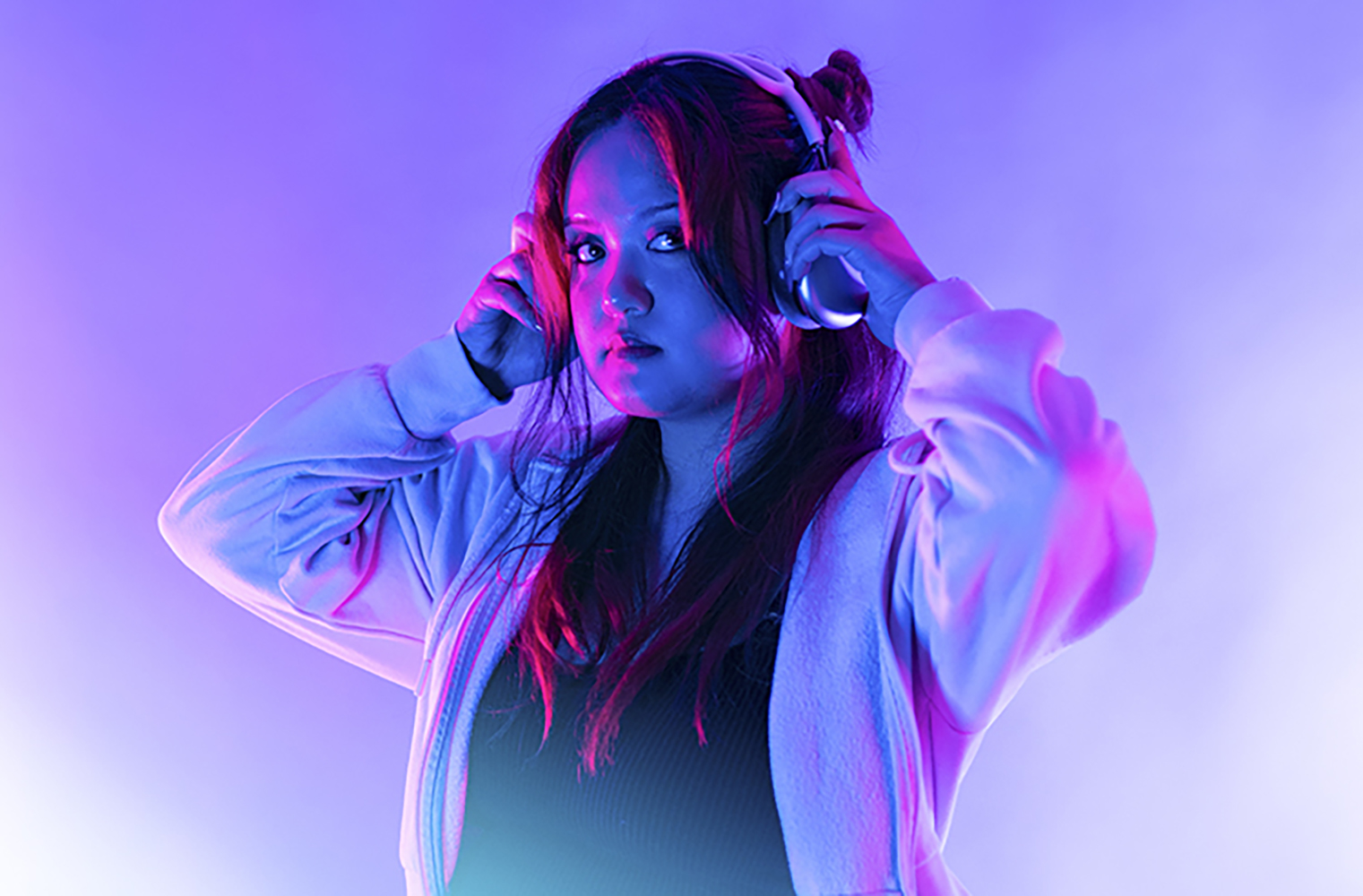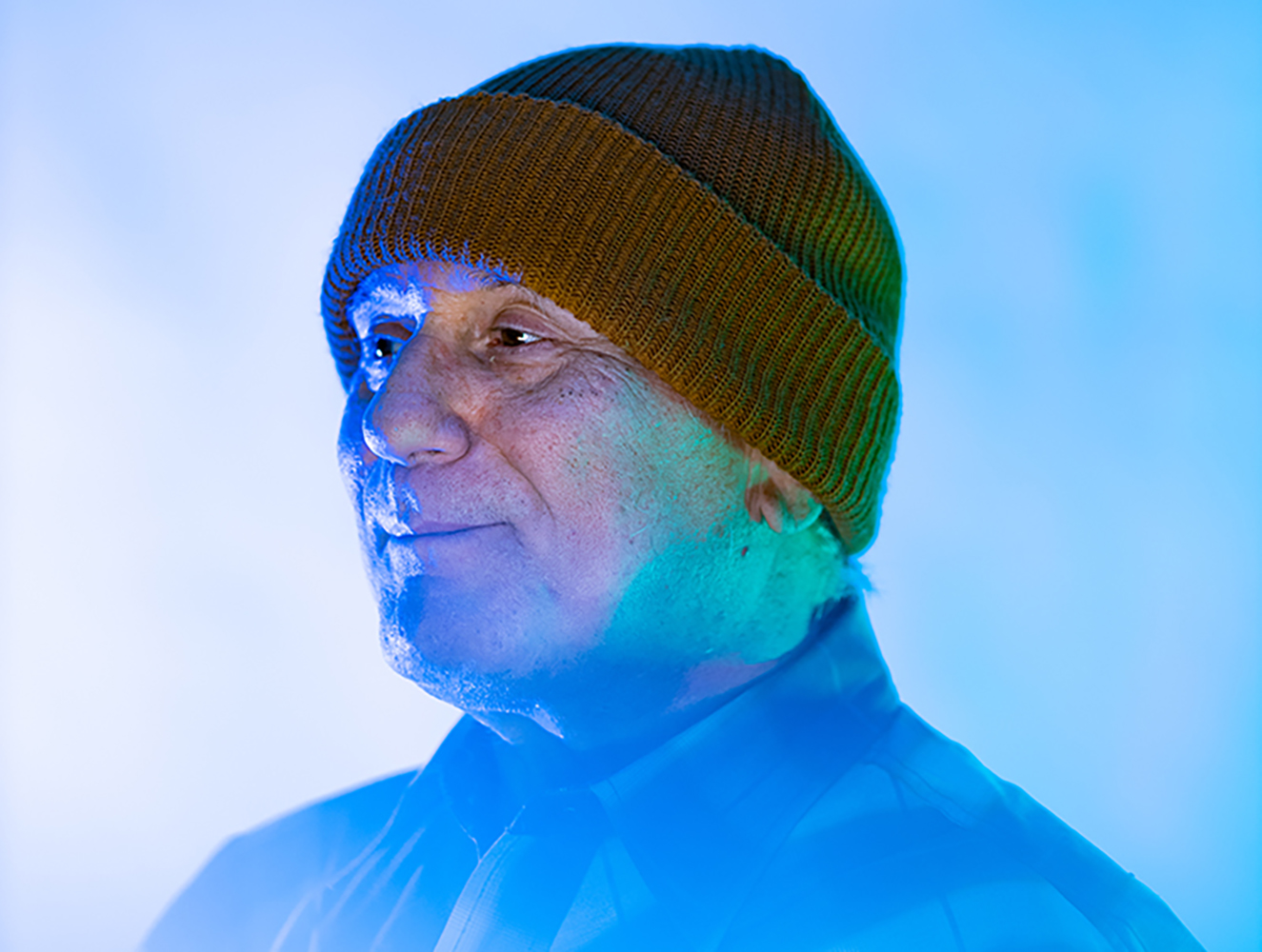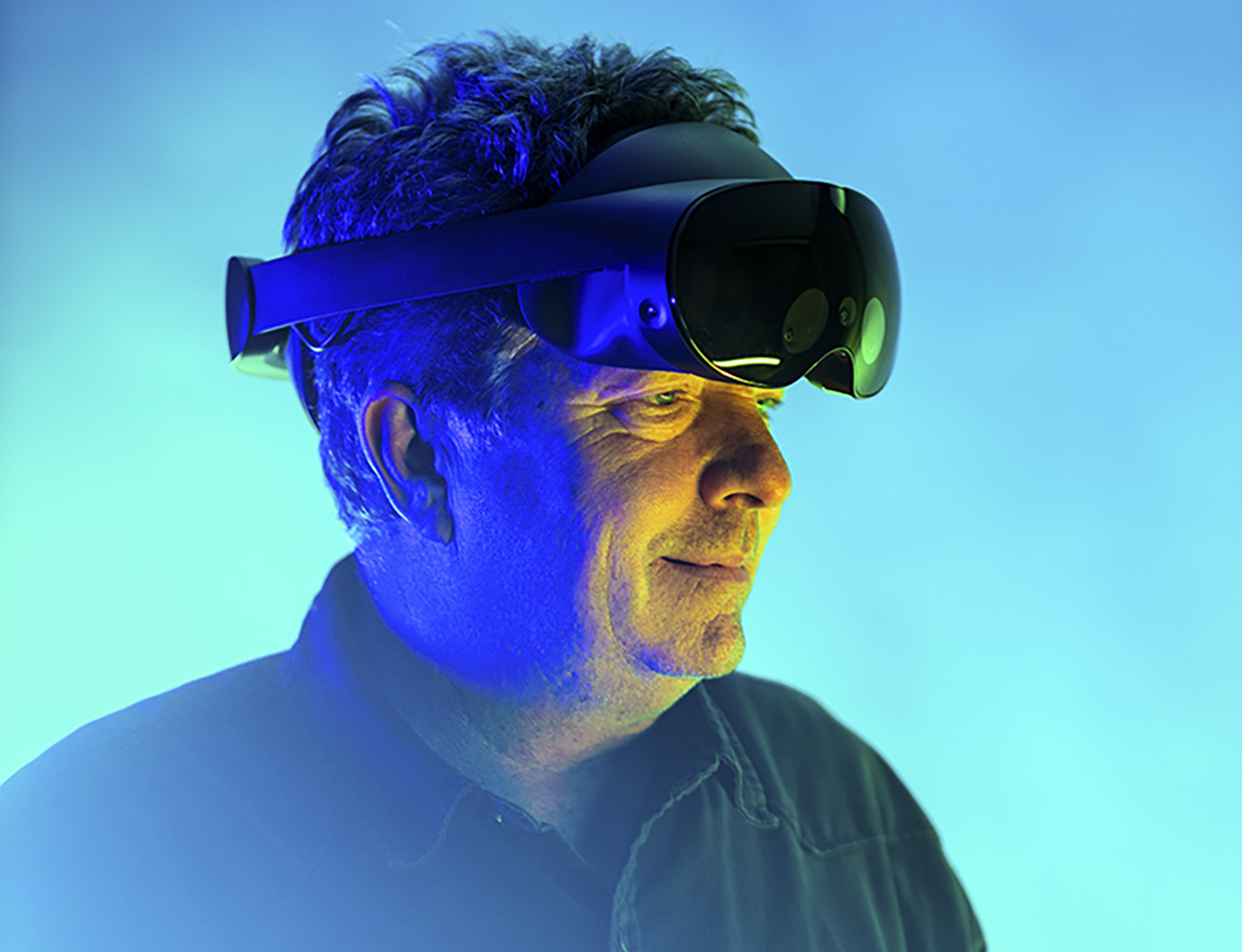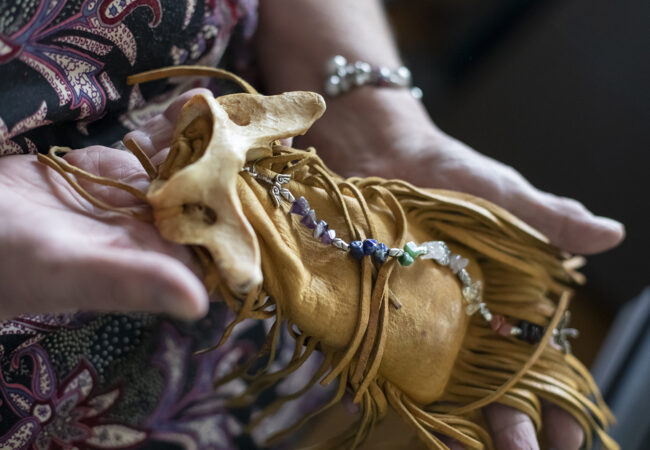Red Bull Gaming Hub
In September 2022, Alexander gathered with TMU President Mohamed Lachemi, City of Toronto Mayor John Tory and esports partners OverActive Media and Waveform Entertainment, among others, to launch the Red Bull Gaming Hub at The Creative School – a state-of-the-art, world-class facility – where Alexander is director.
The Gaming Hub supports virtual production and broadcasting using Open Broadcast software and Unreal Engine – the latest version of one of the most commonly used game development engines – and features 36 high-performance gaming computers equipped with top-of-the-line AMD technology, eight 4K-HD televisions mounted on the walls, a 5:1 surround sound speaker system and a classic games library.
But as Alexander points out, the space is far more than impressive equipment. “The Red Bull Gaming Hub is pivotal because of the humans in there who can talk the tech, teach the tech and train using the tech. That's a rarity in post-secondary institutions,” he said. “It’s industry leaders who are piloting this.”
The Gaming Hub, in partnership with Red Bull Canada, focuses on innovation and new applications of video game design, virtual production and esports broadcasting, while building educational, curricular and extracurricular activities to equip students like Beltran to thrive in one of the fastest-growing industries in the world.
“People see computers. I see the future – and future jobs for our students,” Alexander said.
- In Canada alone, more than 23 million people – more than half the population – play video games. Worldwide, that number jumps to more than 3 billion.
- Canada is the third-largest producer of games in the world – with the national games market accounting for $5.5 billion of the country’s total GDP in 2021.
- The market worldwide is expected to generate around $200 billion USD (about $264.6 billion CAD) in 2022 alone.
“Jobs requiring interactive 3D skills are growing 601 per cent faster than the job market overall. And, they’re paying 57 per cent more than the average salary,” he continued.
And while the industry’s exploding, there’s also a major skills gap in information technology-related careers. Alexander says that’s where the Red Bull Gaming Hub, along with the various media production programs at the university, come in – equipping students for industry professions including production accountants, animators, 3D modellers, set VFX producers, quality assurance leads, community managers, producers, monetization designers, character artists, esports lawyers and more.
And as Beltran’s example shows, RTA grads are already landing jobs with major industry players.
Diversifying the industry
Beltran says her current role – where she secures influencer partnerships for a multiplayer horror video game called Dead by Daylight – is a dream.
Not only does she love the genre, but as a Filipino female, Beltran wanted to work for a company that values equity, diversity and inclusion – both with regard to its staff – and in the games they create.
“There's still this idea that with the gaming industry, like, if you look at the top 10 Twitch streamers, there's only one woman of colour… but we know there are so many talented creators out there,” she said, adding that she recently hired the drag queen Plastique Tiara, who was a contestant on RuPaul’s Drag Race.
Having initially focused her studies on screenwriting for film and TV, Beltran is grateful she found her true calling – noting that at TMU she learned everything from video game psychology to project management and production.
“I played video games growing up, but I’d never considered them professionally,” she said. “They have a much more convoluted narrative, and there are more interactions built in, instead of a static experience, like with film, you're passively consuming it.”
Technology not just for ‘gamers’
While students like Beltran are thriving in the gaming industry itself, students and professors in completely different fields are also using augmented reality (AR) and virtual reality (VR) to advance teaching, learning and research in revolutionary ways – shattering the stereotype that AR and VR is just for gamers.
For instance, students in Architectural Science are using Mixed Reality (MR) – which includes both AR and VR – to take their designs to a whole new level.
Professor Vincent Hui explains that usually, space and material limitations, along with cost and time constraints have meant that projects couldn’t be realized in a truly realistic way.
Until now.
Using VR lenses on smartphones (more accessible than VR headsets, Hui says, since students have their own mobile devices), along with access to Unreal Engine – Hui says students have been able to create completely immersive virtual models of their designs.









